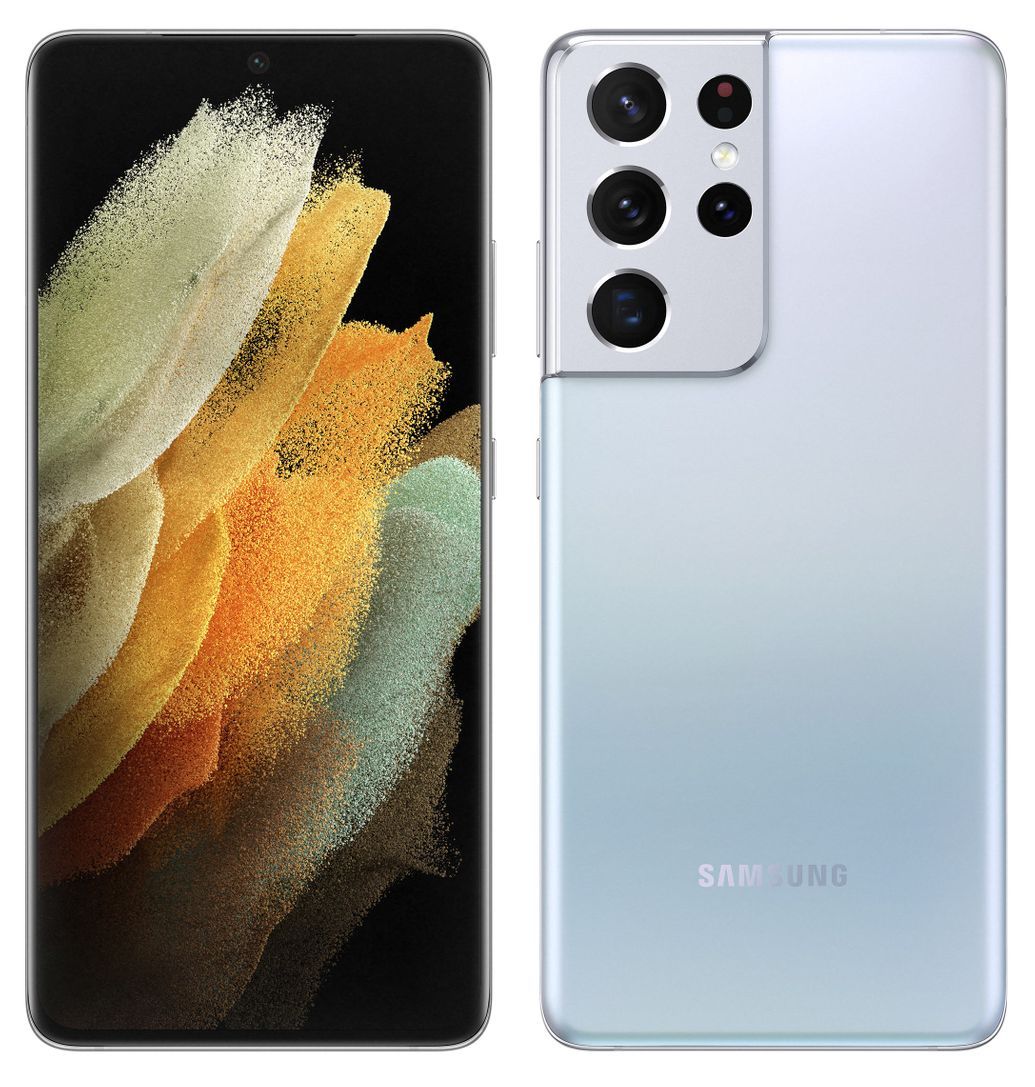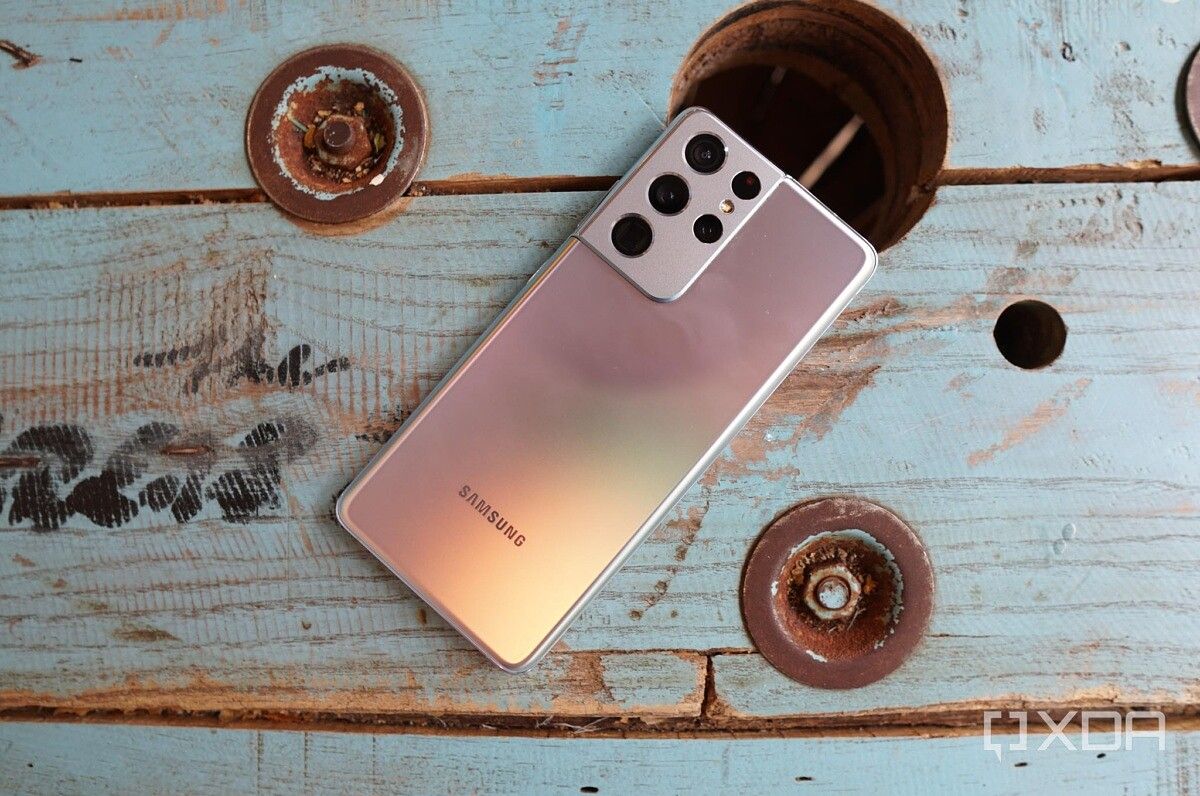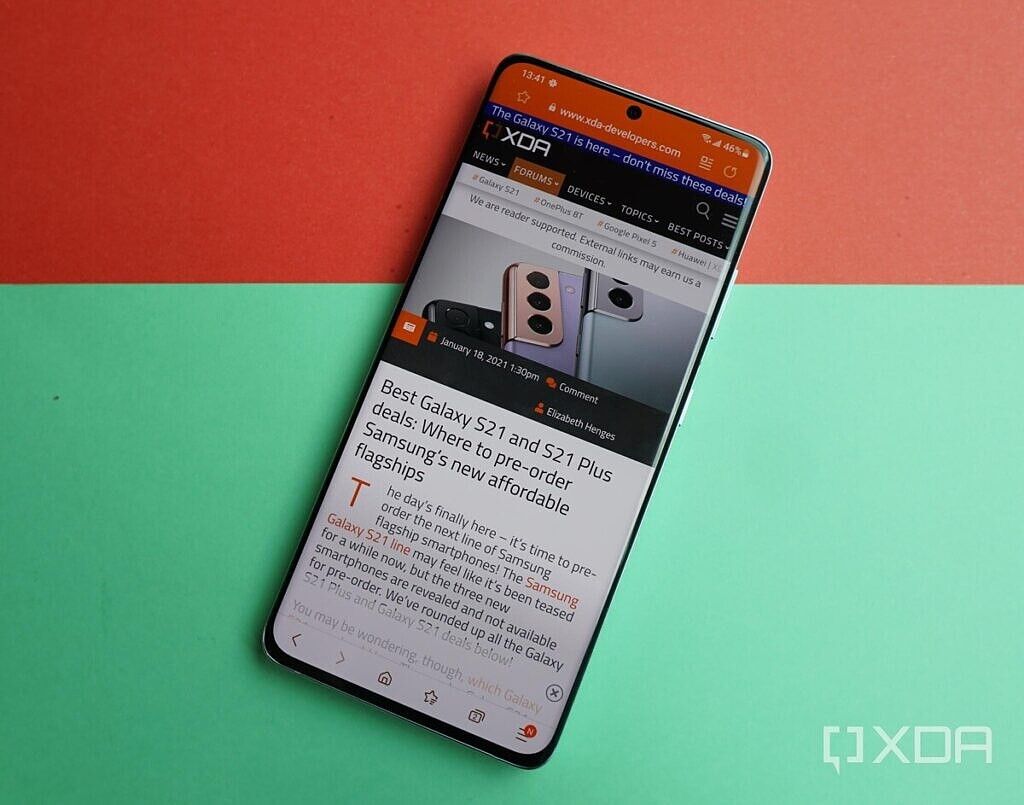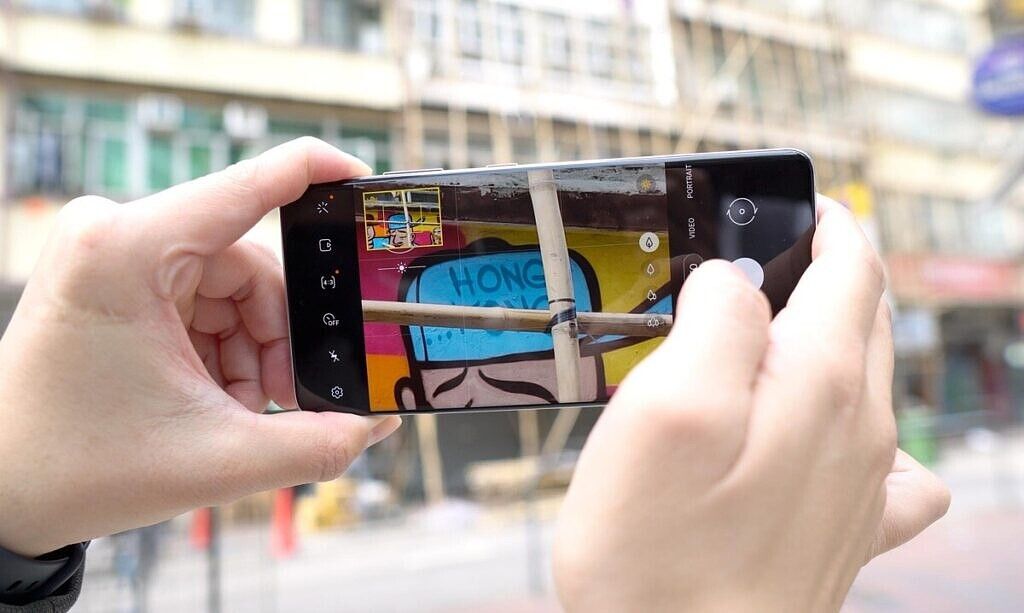I've had the Samsung Galaxy S21 series in my possession for 72 hours now. During this time, most of my attention has been focused on the top dog, the Galaxy S21 Ultra. Three days isn't quite long enough for a full review, but enough time to form a lot of opinions. Here are my five key takeaways from Samsung's latest flagship.
Samsung Galaxy S21 series: Specifications
Note: I received a retail, Snapdragon 888 variant of the Galaxy S21 Ultra on loan from Samsung Hong Kong. Samsung did not have any inputs in this article
Zoom Lock is a gamechanger
By now, you're probably aware that the Galaxy S21 Ultra sports a 10x optical zoom camera, a jump from the 5x optical lens of the Galaxy S20 Ultra and Galaxy Note 20 Ultra. Samsung allows the Galaxy S21 Ultra to zoom all the way up to 100x magnification digitally. While 100x shots are sometimes useable, the more practical use case for the zoom lens is to capture 10x, 20x, even 30x shots that are surprisingly sharp and Instagram-ready. For example, see the 30x zoom samples below.
North American consumers will likely be blown away by the Galaxy S21 Ultra's zooming prowess, but those in Asia who have easy access to devices like the Huawei P40 Pro, Huawei Mate 40 Pro, or the Xiaomi Mi 10 Ultra know there are other phones that can do these same shots.
Where Samsung one-ups the others is a feature called "zoom lock," which uses AI smarts to lock onto a target area once the zoom goes beyond 20x. Once locked on, minor hand movements like trembling and shaking won't affect the viewfinder's shots.
The zoom locked visuals in the viewfinder resemble a camera on a gimbal, in that it floats steadily with minimal movement unless the camera-holder make drastic hand movements. See the video below of zoom lock in action -- I'm holding the Galaxy S21 Ultra with one hand at 100x zoom and the viewfinder is more stable than a Huawei Mate 40 Pro at 30x zoom or iPhone 12 Pro at 10x zoom.
Significant video camera improvements
Speaking of cameras, the Galaxy S21 Ultra's video capabilities have gotten a big improvement. For years, I and other reviewers have said the iPhone's video camera performance is superior to Android offerings. This was most noticeable in areas like video stabilization, dynamic range, and adjusting to sudden shifts in lighting.
The Galaxy S21 Ultra excels in all three areas, particularly finding the correct lighting balance even in drastic exposure shifts. In fact, in a night video shot in neon light-drenched Hong Kong streets, the Galaxy S21 Ultra exposed the myriad of lights better than the iPhone 12 Pro Max. It's still too early to say if the Galaxy S21 Ultra's video camera is better than the iPhone 12 Pro Max's, but it's as close as any Android brand has ever gotten to toppling Apple. See for yourself in this side-by-side footage below.
The Galaxy S21 Ultra also brings other tricks, such as the ability to record with both the front-facing and rear-facing cameras at the same time, bokeh video, and one of my favorite features -- the ability to use a Galaxy Buds Pro or Buds Live as a Bluetooth wireless mic.
The screen curvature is just right
I've spoken to enough industry peers and have read and watched enough reviews to know that many (most?) of them do not like curved screens. Whether it's arguably the most influential mobile tech YouTuber in the world, tech site editors, or XDA's own COO, there've been open calls for brands to stop with the curved screens and stick with flat displays.
Their complaints range from accidental palm touches to color distortion at the edges to increased fragility. And I think those gripes are mostly fair, but despite all of that I would still prefer a curved screen personally because they look good and feel good to use. I find curved screens more aesthetically pleasing to look at, and the curvature makes for a more comfortable grip due to the rounded, narrower form factor. I'd also like to add that some brands, like Huawei, have completely made accidental touches on the edges a non-issue.
Samsung's Galaxy S21 Ultra seems to have found the middle ground. Its 6.8-inch screen is curved ever so subtly -- just enough that the Galaxy S21 Ultra still keeps that premium "there are no sharp edges anywhere" in-hand feel that Samsung practically invented, and its side bezels are noticeably slimmer than the ones of the flat-screened Galaxy S21 and Galaxy S21 Plus. But the curves are also subtle enough that accidental touches increased fragility shouldn't be an issue. And in my opinion, the Galaxy S21 and Galaxy S21 Plus' flat sides and sharp corners feel less-than-premium.
Personally, I still think a phone with a more dramatic curve like a Huawei P40 Pro looks much more mesmerizing, but Samsung seems to have found the middle ground to please most people.
One UI 3.1 moves further away from Bixby and Samsung's quirks
The Galaxy S21 Ultra runs One UI 3.1 over Android 11 out of the box. Visually, One UI 3.1 is very similar the One UI 2.5 that shipped with the Galaxy Note 20 Ultra. I mostly notice that some of Android 11's subtle visual changes such as rounded notification boxes in the panel have carried over. And other One UI 3.1 features that had leaked earlier such as S-Pen support and video bokeh work fine on my Galaxy S21 Ultra. Our editor-in-chief Mishaal Rahman also wrote an in-depth breakdown of what's new to One UI 3.0 for those interested.
For me, I notice that the Galaxy S21 Ultra's software doesn't push Samsung's own software on the user as much. For example, my device comes out of the box with Google's Discover feed instead of Samsung's own feed. When I press the power button, it also brings back the power off menu, instead of trying to launch Bixby.
You can now double tap the screen to turn it on or to lock it -- a feature I have loved ever since the LG G2, and if I open an app via the "edge panel" (the swipe-over menu), apps now open in a split-screen view if I already have another app opened. The "app pairing" section will also remember the last two apps you opened in case you need to open that combination again.
Battery life is a potential concern
The Galaxy S21 Ultra has a 5,000 mAh battery, which is normally considered fairly adequate capacity, but the phone also packs a gorgeous 6.8-inch, 3,200 x 1,400 WQHD+ display that refreshes up to 120Hz and can reach 1,500 nits of brightness.
In other words, the 5,000mAh cell is just about adequate for a heavy user like myself. Over the past three days, I saw the battery dip below 20% near the end of a 13-hour day, with about five hours of screen on time.
Today was slightly alarming: I unplugged a fully charged S21 Ultra at 7:00 am to check some emails and texts, then went back to sleep without plugging the phone back in. I woke up at noon (I work late into the night!) and noticed the phone's battery sat at 93% -- it suffered a chunky 7% battery drain in five hours of standby time.
I then took the phone out for an afternoon of photo and video tests, streamed an hour-long podcast on Spotify, and right now as of time of this writing (midnight, almost exactly 16 hours hours after I first unplugged the phone but just 12 hours of really using it), the battery sits at 18% with 4 hours 23 minutes of screen-on time.
This isn't bad battery life, but it's not great. And in non-Covid times, I could very well still have another two to three hours out before I return home to a charger. To be fair, I am a heavy power user: I set the screen resolution to the maximum setting (it comes out of the box at 2,400 x 1,080), and used "adaptive" refresh rate (which can get up to 120Hz). I also shot more videos than usual today.
Three days is still too early to judge a phone's endurance -- but I don't think the Galaxy S21 Ultra is a phone I know will always last me an entire day the way a Huawei or Xiaomi phone can.
That's it for my five takeaways after 72 hours with the Galaxy S21 Ultra. I think Samsung has made an apex slab phone that will be hard to top this year, but I'll confirm that in my full review coming next week. Other members of the XDA team will also test the phone in other areas, so stay tuned to XDA for our in-depth coverage of the Galaxy S21 series.

Samsung Galaxy S21 Ultra
The Samsung Galaxy S21 Ultra is the ultimate overkill in the new 2021 flagship series, packing in a flagship SoC, a premium build, a great display, and an amazing camera setup, as well as all the extras expected on a premium flagship.



